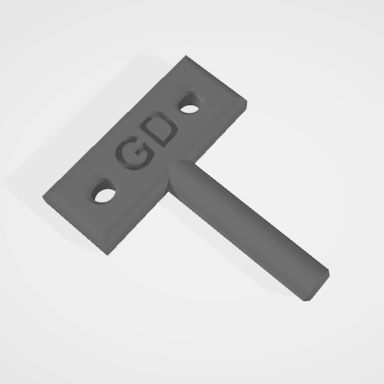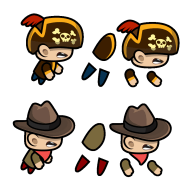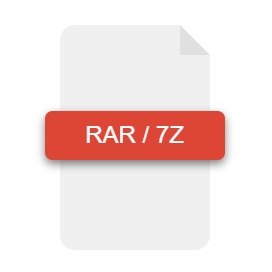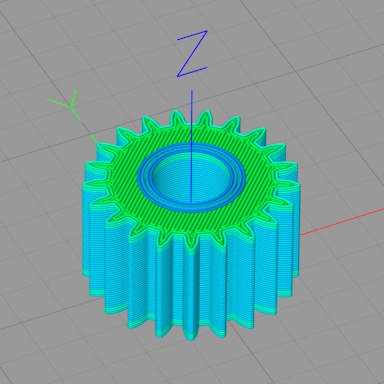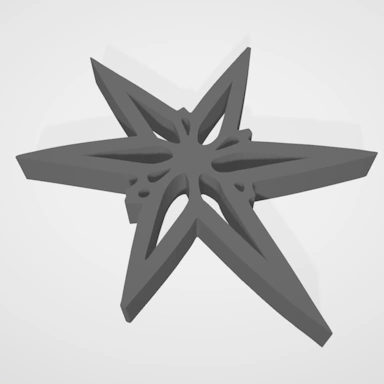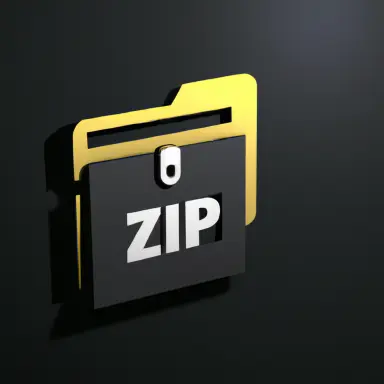| Extension | SLDPRT |
| Full Name | SolidWorks |
| Type | CAD |
| Mime Type | application/octet-stream |
| Format | Binary |
The SLDPRT file format is the native (and proprietary) 3D CAD (Computer Aided Design) format used by the SolidWorks application. SolidWorks is popular in the aerospace, automotive, and other manufacturing spaces where a highly accurate representation of 3D objects is necessary.
An SLDPRT file can contain 3D geometric data such as points, curves, faces, and other components that make up the 3D object. Along with the 3D design data, other manufacturing-related data is also stored within the SLDPRT file.
As the SLDPRT format is proprietary and designed for exclusive use with the SolidWorks application, there is limited third-party support for the format, preferring instead to support more open and standardized CAD formats such as STEP.
The OBJ file format is a 3D graphics file format used to define complex 3D models, including geometry, materials, and textures. OBJ files are text files, making them human-readable and easy to modify by hand. The downside to this ease of readability is that the files can become rather large when dealing with large or complex 3D models.
As mentioned, the OBJ format stores not only 3D model geometry but also materials and textures. These materials are usually defined in a separate file with the MTL file extension and specify geometry rendering details such as diffuse and specular color, transparency, and much more.
The OBJ material file can also reference external texture files. These are usually JPEG or PNG files; however, these can be older formats, such as TGA. Where materials are used, the OBJ file will also contain material names preceding the geometry faces they should be applied to. If textures are referenced, the geometry will also contain texture coordinates (UV) for each vertex.




